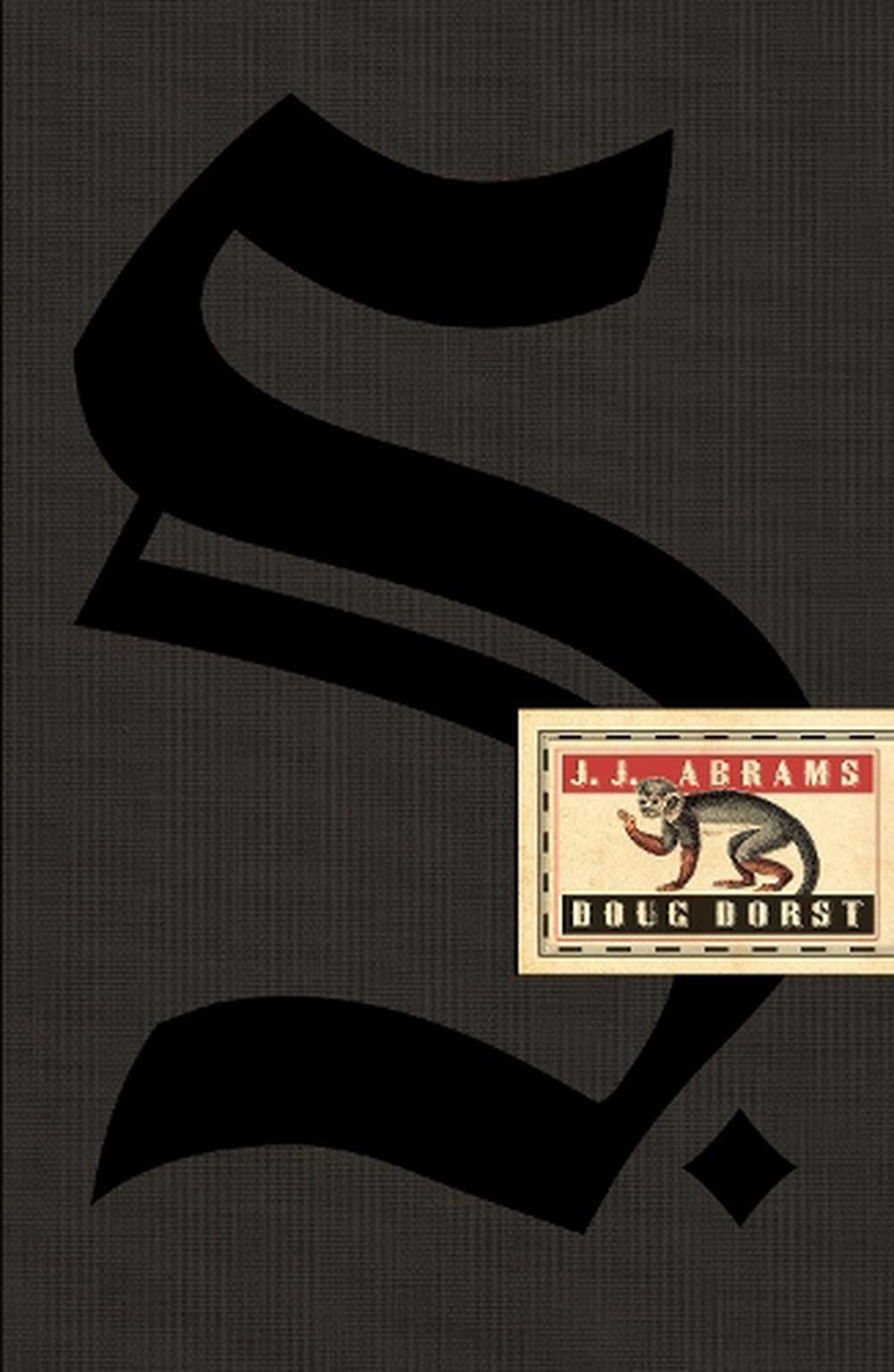

even existing in a format outside of print, never mind being anywhere near as successful in it. That adds to the verisimilitude in a way that's difficult to describe, and the various additional pieces of information are similarly "real." The photographs feel like photographs, the postcards like postcards, the scrawled napkin like a real napkin, and so on. The comments on the book are handwritten, not printed in a "script" font. Much of that is thanks to the format Ship of Theseus has the look and feel of an authentic period book, down to the fake library labels attached.

Perhaps you remember the original video tease for S., which appeared online this summer without any explanation: That's an odd thing to say about something that has at least four different interconnected narratives unfolding at the same time, although not necessarily in chronological order, a la Lost's signature flashback-flashforward storytelling. a fictional artifact, much like the found film of *Cloverfield *- hangs together surprisingly well. All we needed was an appearance from the Starship Enterprise as commanded by Tom Cruise's Ethan Hunt from the Mission: Impossible movies and we'd practically have a full set.ĭespite that, though, S. There are oblique references to almost all of Abrams' past projects throughout the book: the romance tales of Felicity the constantly-revised concepts of identity in Alias the supernatural existentialism of Lost the genre pastiche of Super 8 the found object storytelling of Cloverfield. is, as the slipcover helpfully describes, a "love letter to the written word" (which it is, but we'll get to that later), it's also very much a love letter to Abrams' career to date. At times, it feels as if reading the book is like having the entirety of Lost (the television series and the fandom alike) downloaded into your head simultaneously.Īs much S. Abrams and Doug Dorst, is pretty much written for you. Let's get the tl dr version out of the way first: If you were a fan of Lost - and especially the speculation and theorizing that surrounded the show itself - then S., the novel/meta-narrative by J.J.


 0 kommentar(er)
0 kommentar(er)
